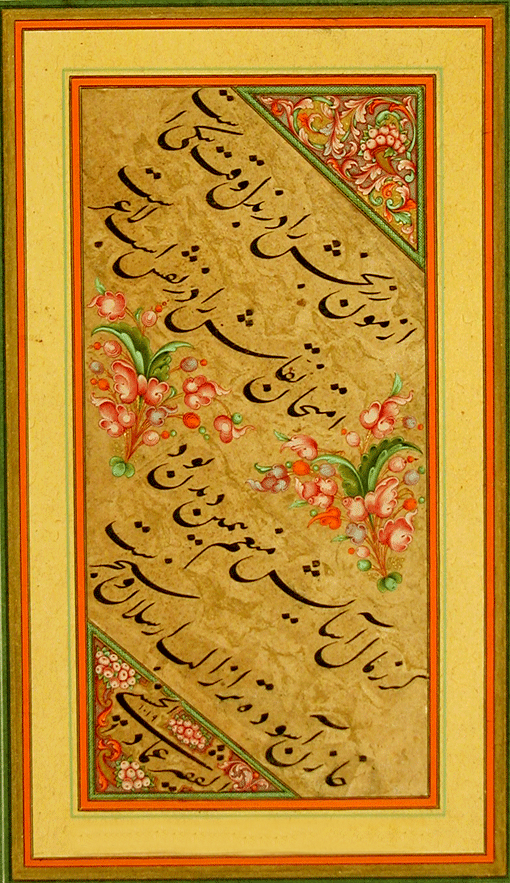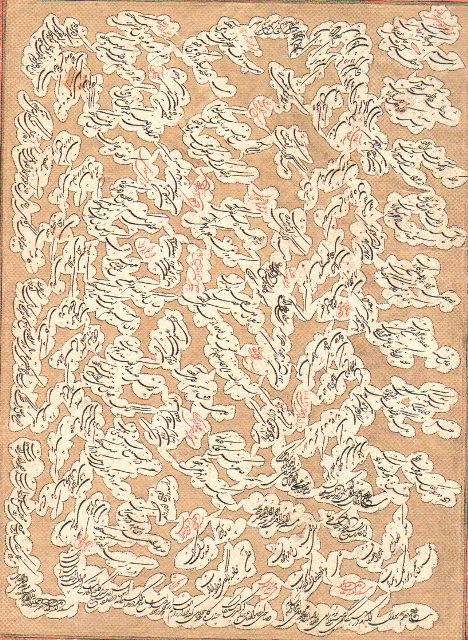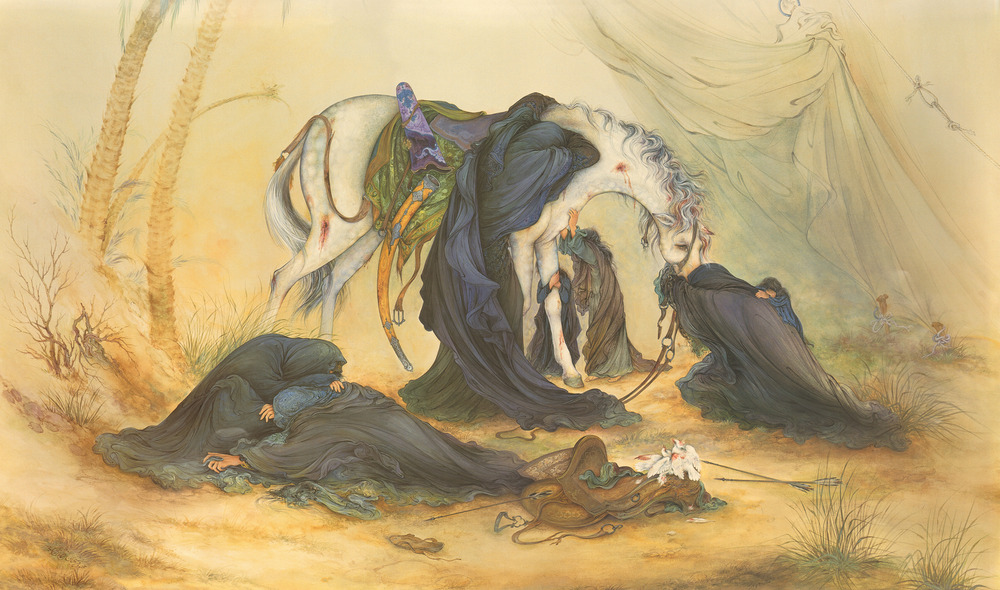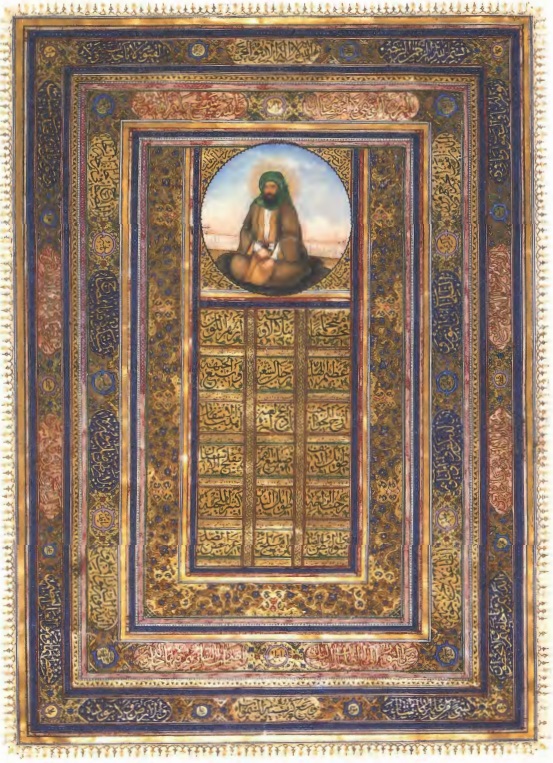
Mirza Mohammad Reza Kalahor and the Revival of Nastaliq Script
Mirza Mohammad Reza Kalahor and the Revival of Nastaliq Script
Mirza Mohammad Reza Kalleh, a renowned master in the field of calligraphy, was born in 1245 AH in the Kalleh tribe of Kermanshah, one of the major tribes settled in the Zagros foothills. His childhood and adolescence were largely devoted to learning martial arts and horseback riding, which resulted in a strong, sturdy, and robust physique. From an early age, the young Mirza showed a profound interest in calligraphy. After migrating to Tehran, he became a student of Mirza Mohammad Khansari, dedicating himself to rigorous practice. In the beginning, he modeled his work on the masterpieces of earlier masters, including Mir Emad, and quickly advanced through the ranks of calligraphic skill. Through his remarkable diligence and perseverance, he eventually surpassed his own teacher. It is said that on some days, Mirza spent up to eighteen hours practicing calligraphy. Dissatisfied with much of his work, he often destroyed it, which is why a significant portion of his surviving manuscripts remains unsigned. Nevertheless, it was not long before Mirza Mohammad Reza Kalleh became the undisputed master of Nastaʿlīq script of his era, and his fame spread far and wide. So much so that Naser al-Din Shah Qajar summoned him to practice calligraphy in his presence. The Shah also ordered that Mirza work at the Department of Printing (Entebāʿāt). However, since Mirza Mohammad Reza was a man of great ambition, independence, and detachment from worldly matters—dedicated solely to art—he declined the Shah’s proposal. Instead, he agreed only to work under Mohammad Hasan Khan Sanʿi al-Dowleh (Etemad al-Saltaneh) at the Department of Printing whenever he wished and receive his remuneration for it. The only time Mirza Mohammad Reza Kalleh became officially part of a governmental assignment was in 1300 AH, during Naser al-Din Shah Qajar’s second journey to Khorasan. This was motivated by his deep desire to visit the shrine of Imam Reza. During this trip, a Nastaʿlīq-script newspaper was to be printed lithographically. Etemad al-Saltaneh brought all necessary materials for printing, and the task of writing the original manuscript of the newspaper, named “Ordou-ye Homayoun”, was assigned to Mirza Mohammad Reza Kalleh. He completed this task with great enthusiasm and skill, producing what is now considered one of the finest surviving examples of his printed calligraphy.
The Advent of Lithography in Iran: A Milestone in the Emergence of Mirza Kalleh’s Genius
The period of Mirza Mohammad Reza’s calligraphy coincided with a significant and unprecedented development in Iran: the advent of lithographic printing. This major innovation created a fertile ground for the emergence of Mirza Reza’s genius and creativity. As the introduction of printing posed numerous challenges and limitations for reproducing the Nastaʿlīq script, Mirza Kalleh, drawing upon his ingenuity, skill, and innate talent, devised novel solutions to overcome these obstacles. In doing so, he reconciled the flowing elegance of Nastaʿlīq with the technical demands of printing. His enduring contributions in adapting traditional calligraphy to the needs of a new era gave rise to a fresh school within this esteemed Iranian-Islamic art, which scholars now recognize as the style and school of Mirza Mohammad Reza Kalleh. He developed a distinctive style due to his experience writing on stone with thick ink, in which the letters appeared bold while the elongated strokes were shortened. Kalleh wrote with such skill that he could form an entire word without lifting the pen from the paper—a technique essential for lithographic printing. Although he was a follower of Mir Emad’s Nastaʿlīq style, he preserved the fundamental principles of the script while introducing subtle, delicate modifications to the traditional method. In doing so, he established his own unique approach, a style that many calligraphers continue to follow today. Throughout his life, Mirza Kalleh trained numerous students, each of whom contributed to the propagation and development of his style. Notable among them were Mirza Zain al-Abidin Qazvini, known as Malik al-Khattatin, Mirza Morteza Najmabadi, Seyyed Morteza Barghani (father of the Mirkhani brothers), Seyyed Mahmoud Sadr al-Kitab, Mirza Abdullah Mostofi, and indirectly, Mohammad Hossein Qazvini, famously known as Emad al-Ketab.
The Style of Mirza Mohammadreza Kalahor
Mirza Kalahor’s distinctive calligraphic style emerged after 1286 AH and became more clearly defined. While adhering to the principles of Mir Emad, he introduced remarkable innovations and noticeable changes in Nastaʿlīq script. The widespread acceptance of this new approach was not easy, as most contemporary calligraphers, who wrote in Mir Emad’s style, opposed Kalahor’s innovations. Nevertheless, he remained undeterred by criticism and mockery, pursuing his novel style with persistence and dedication. Eventually, he refined this approach to a level that it now serves as a model for many Nastaʿlīq calligraphers, marking a significant transformation in the history of Iranian calligraphy. Kalahor emphasized ease and simplicity in writing, transforming the previously rigid order of Nastaʿlīq into a flowing, elegant script. His style became known as “Sahl va Momtanaʿ” (easy yet sophisticated). The method was designed to facilitate and accelerate writing, making it accessible for students and beginners. Its readability and simplicity also contributed to its popularity among the general public, which, given the social context of the time, played a key role in the dissemination and adoption of his style. One of Mirza Kalahor’s distinctive merits, widely recognized by most masters and experts in the field, is his method of cutting and shaping the pen, which likely stems from his intelligence and extensive experience with lithography. Overall, in Mirza Mohammadreza’s style, the script exhibits greater refinement and maturity compared to Mir Emad’s style. Because it was adapted for practical use in newspapers and magazines, additional editorial rules were applied, which both facilitated writing and increased speed. In conclusion, the greatness of Mirza Mohammadreza Kalahor’s personality and his artistic dimensions is undeniable. Throughout his prolific life, he produced numerous valuable works that clearly demonstrate his genius and creativity. It is noteworthy that in addition to his mastery of Nastaʿlīq, his primary specialty, he also wrote Shikasteh (broken) script beautifully, examples of which can still be seen in Naser al-Din Shah’s decrees and in the margins of the book Makhzan al-Ensheh.
The Astan Quds Razavi Library preserves valuable historical works by Mirza Kalahor in its lithography collection. These works, which are pivotal in tracing the evolution of Nastaʿlīq script during a turbulent period of Mirza’s life, encompass nearly all of the lithographed manuscripts produced by this artist.
Mirza Mohammad Reza Kalahor finally passed away on Friday, 25th of Muharram 1310 AH, at the age of 65. Nevertheless, his cohesive and creative style continues to be highly esteemed by calligraphers and remains a dynamic artistic method in the realm of classical Persian calligraphy.
Works of Mirza Mohammad Reza Kalahor
Among the lasting works of Mirza Mohammad Reza Kalahor are: Resāleh-ye Ghadiriyeh, Nasāyeh al-Molūk, Munājāt-e Khwāja Abdollah Ansārī, the travelogue of Naser al-Din Shah’s second journey to Khorasan, twelve issues of the newspaper Ordū-ye Homāyoun, Makhzan al-Ensheh, Feyz al-Domou‘, and others.
| Name | Mirza Mohammad Reza Kalahor and the Revival of Nastaliq Script |
| Country | Iran |
| Type | Calligraphy |
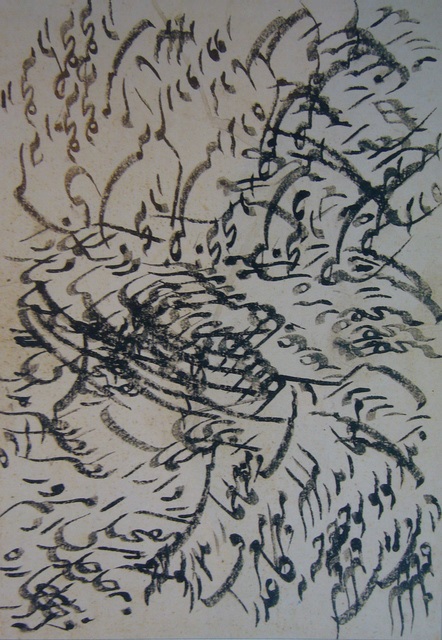
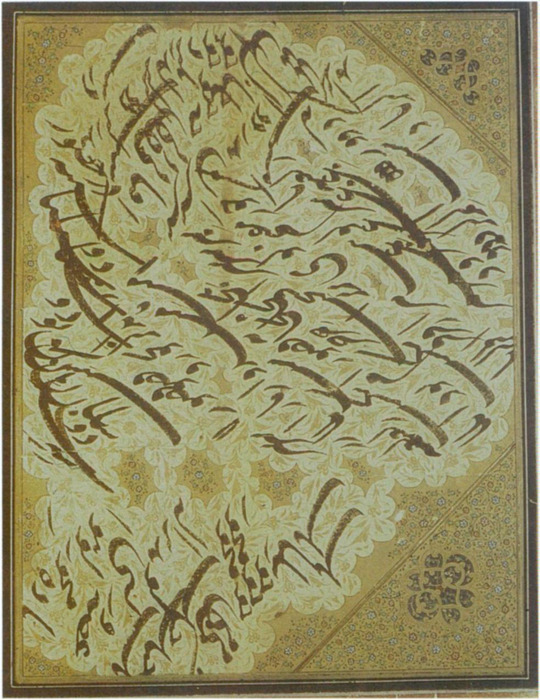
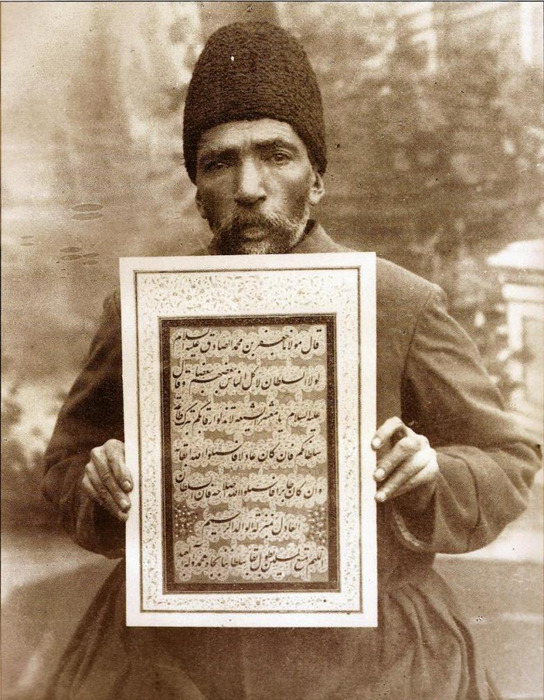
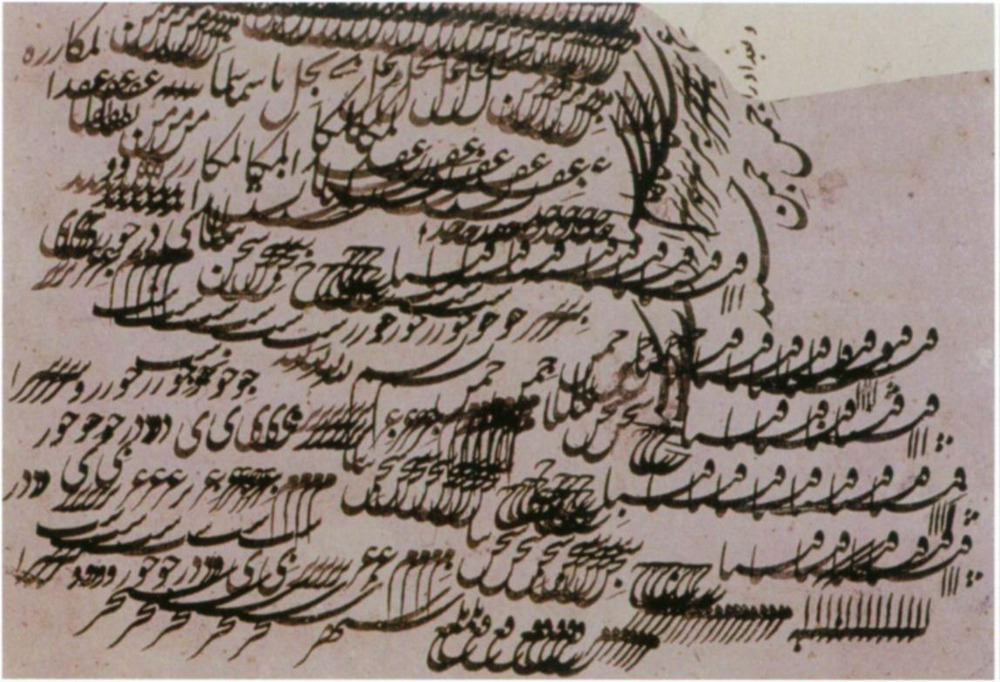




Choose blindless
Red blindless Green blindless Blue blindless Red hard to see Green hard to see Blue hard to see Monochrome Special MonochromeFont size change:
Change word spacing:
Change line height:
Change mouse type:
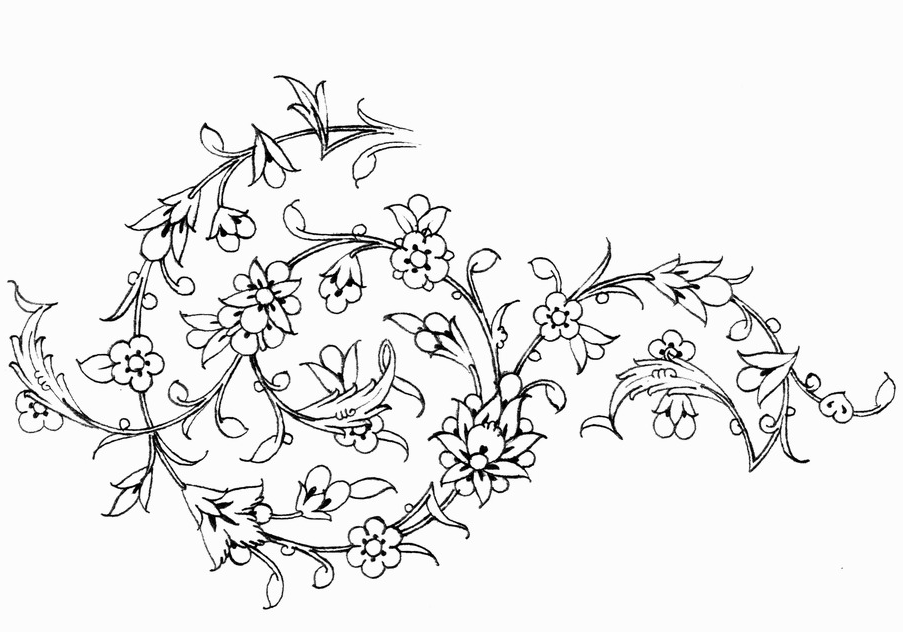
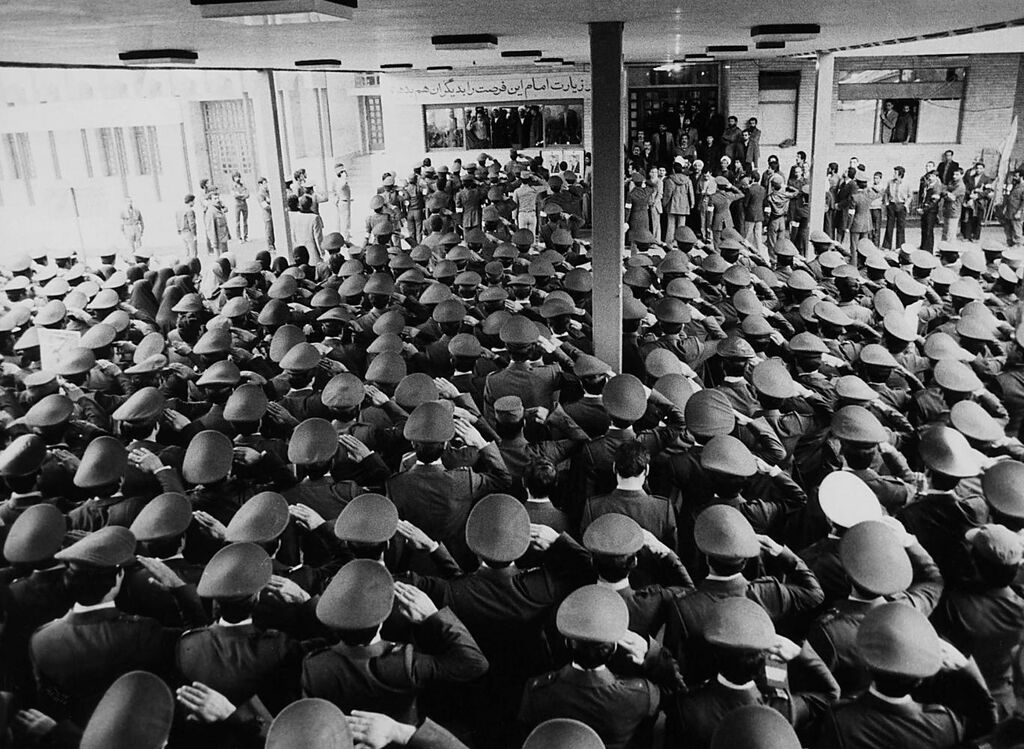
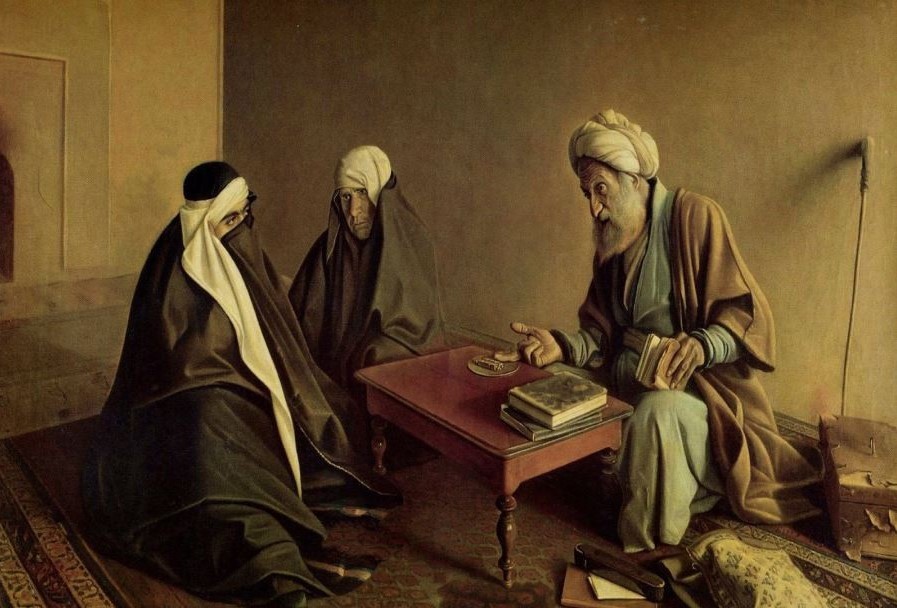
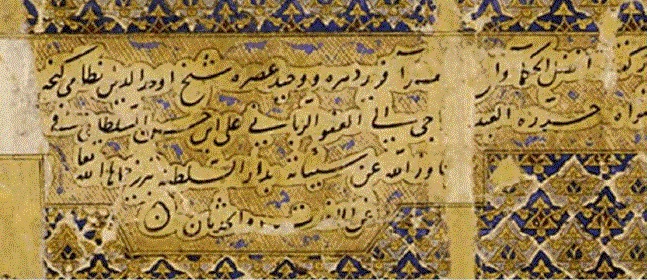

(7)_1_1.jpg)
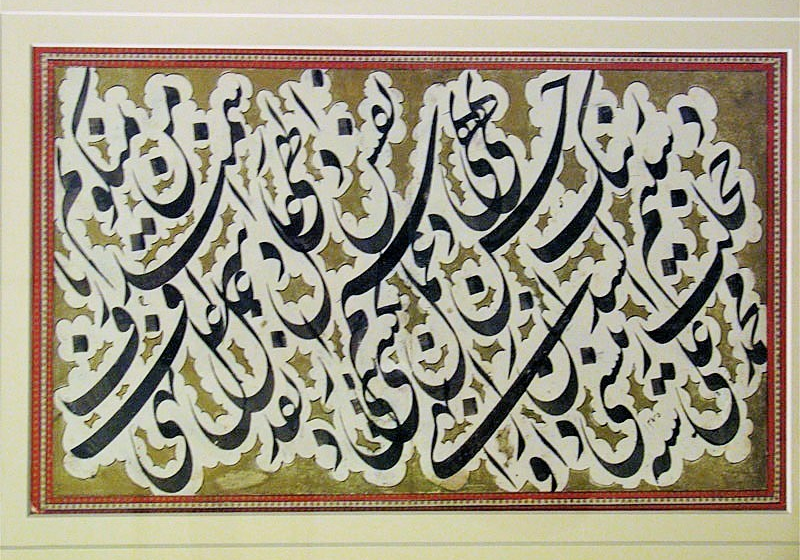
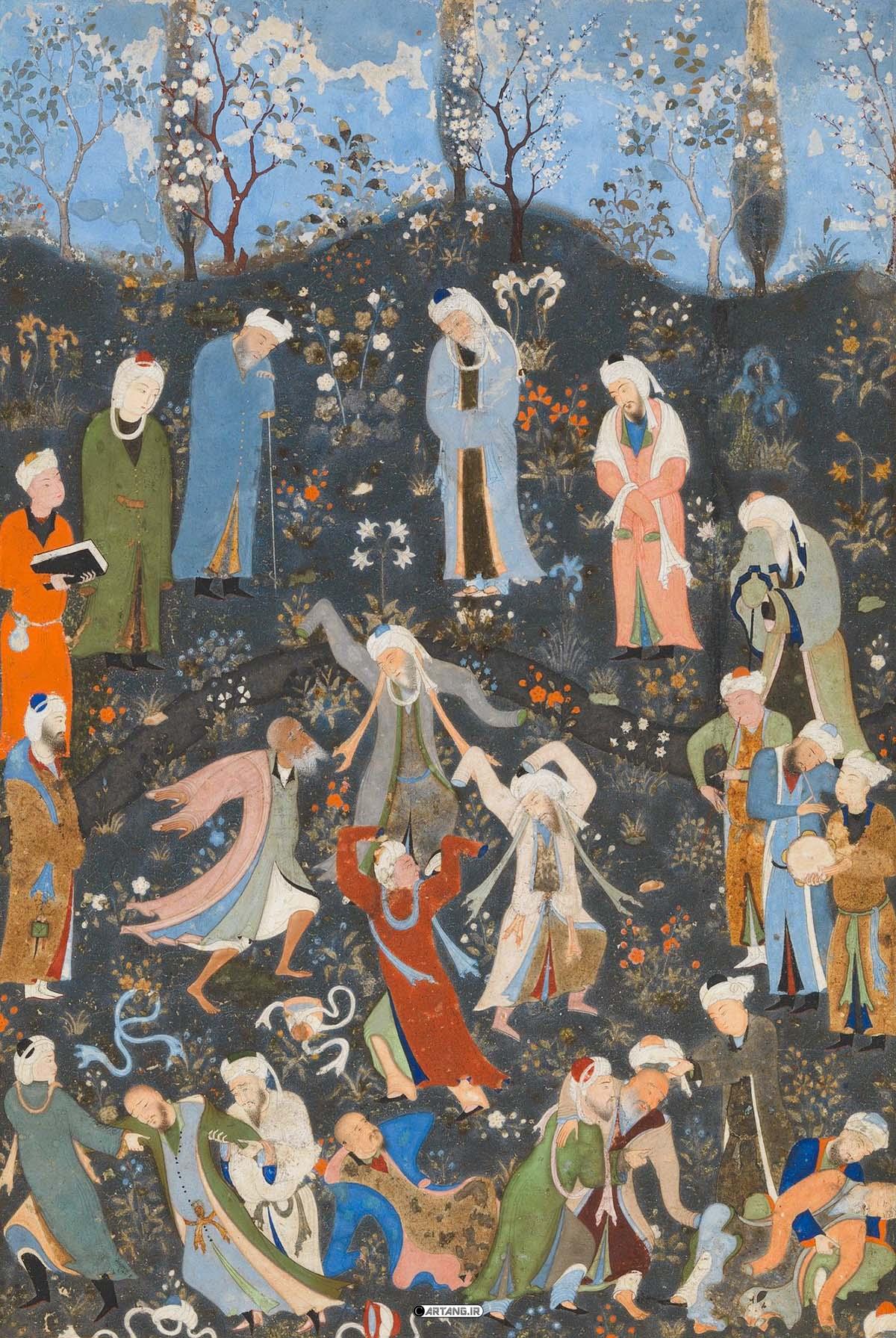
.jpg)
